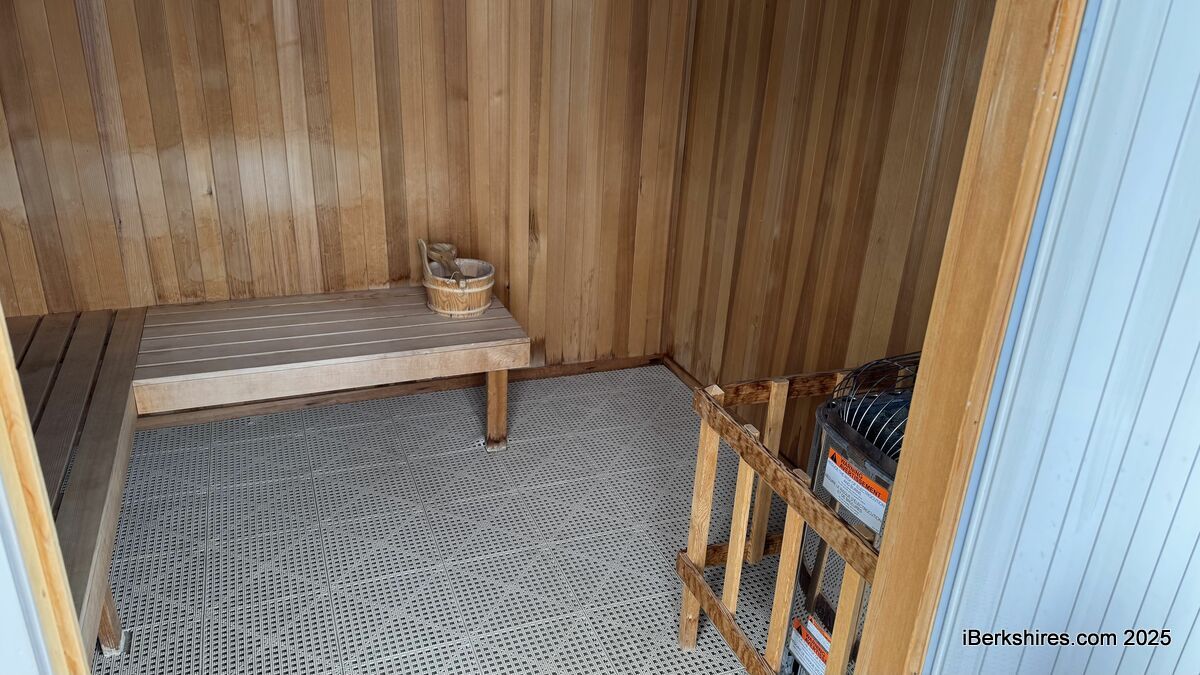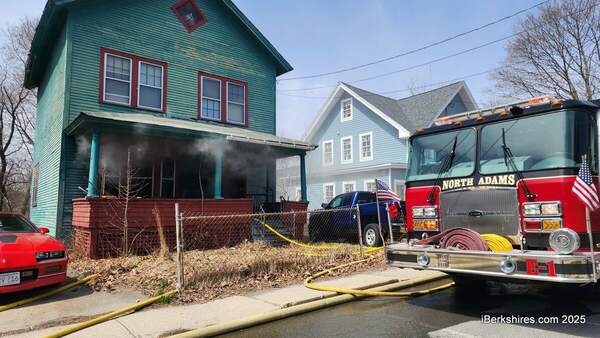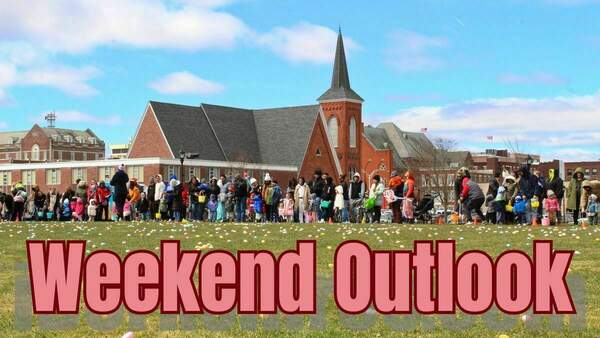Letter: Logging in the Notch Forest
 |
To the Editor:
What does environmental justice mean? North Adams has been designated an environmental justice district. This is designed to give traditionally marginalized populations a voice in the political games that impact the well-being of their neighborhoods. When a recent editorial by Eagle columnist Lauren Stevens suggested that anti-logging protests in North Adams "had an edge to them" many residents were annoyed that anyone would expect otherwise.
Drive up Reservoir Road up from Route 8 and around the North Reservoir to Notch Road. Reservoir Road, below the reservoir, is rutted, full of potholes and has been decaying for years and is susceptible to mud flows and flooding that occur during heavy rains. Until recently, plenty of illegal dumping took place in the parking lot below West Mountain Road. People there deal with all this, yet value the rural, forested character of their neighborhood.
For residents of lower Reservoir Road, suggestions that so-called climate smart logging will be good for us smacks of the urban renewal language used to usurp land and neighborhoods in the 1960s and '70s. This is a narrative in which zealous political pundits prescribe trendy, grant-funded programs areas that disrupt the character of neighborhoods forever, then move on to new projects, while residents are left struggling to recover.
Bart Bouricius, a forestry expert from Montague, recently walked the Bellows Pipe with members of the Friends of the Notch Forest Coalition. He reported seeing a healthy mixed-age forest with many large oaks and sugar maples marking for logging because they are most profitable in terms of lumber. He also reported seeing many young trees and very few true invasives — a fear-inducing word that is used to promote logging. He didn’t see any need to log the forest to improve climate or the health of our reservoir.
But it doesn't take an expert to observe the delicacy of this rocky, stream-filled landscape and imagine how heavy lumber hauling trucks and skidders will cause this land to crumble and slide into an already distressed reservoir and road directly below. The thick spruce plantations on the shore of the reservoir were planted by the Civilian Conservation Corps in the '30s to protect the reservoir from this mud and silt flowing downhill. These are now slated for removal. How does this climate forestry plan respect the purposes of environmental justice?
Lori Bradley
North Adams, Mass.
















